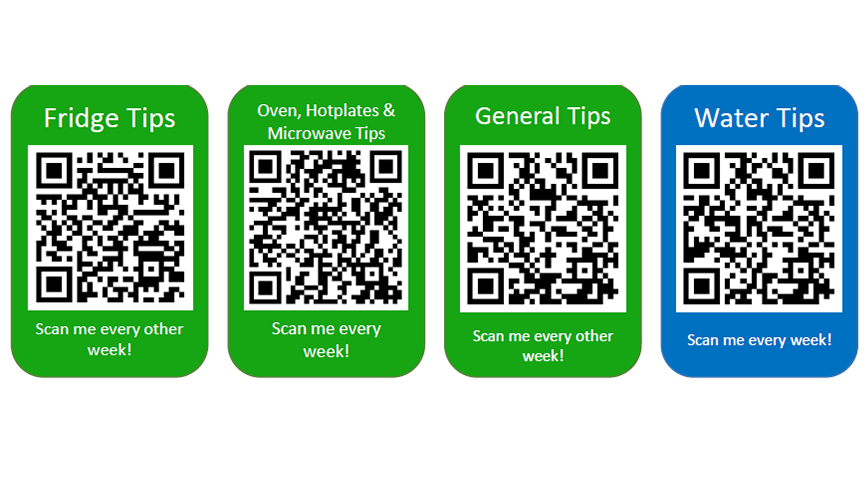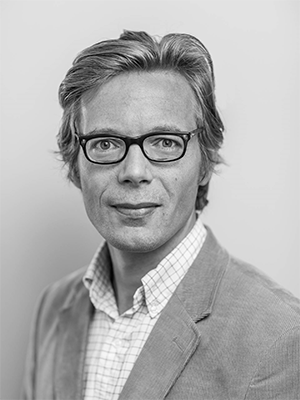Sustainable energy consumption via boosting or nudging - what works best?

"We are not as rational as we think but need help to make wise decisions in everyday life. That's why we need nudges, interventions that guide our decisions in a certain direction", says the nudge advocates. "It is possible to influence the development of people's competence to make their own decisions without nudging or using coercive or financial means of control", claims the boosts perspective. The two strategies have been tested in a field trial to see which interventions have the best potential for reducing energy consumption in homes.
In recent years, insights from the world of psychology have had an increased impact on decision-making. In 2017, the economist Richard Thaler was awarded the Nobel Prize for his work on nudging, interventions that steer our decisions in a certain direction.

Slightly simplified, nudging assumes that the human ability to make decisions is characterized by flaws that are also difficult to change. In a backlash, KTH researcher Till Grüne-Yanoff and colleague Ralph Hertwig launched an alternative to nudging in 2016, called boosting, which is gaining more and more attention. They were skeptical that it would be possible to show our unwise choices in psychological experiments, and they believed that the context the person was in had greater importance for a certain outcome. They also believed that people can build competencies that lead to lasting behavioral changes.
One example of a nudge is setting a predetermined value for the temperature in an apartment (which the resident can adjust afterward). Another is to regularly inform about how much energy the neighbors consume. Small nudges in a certain direction that are based on voluntariness, but which are nevertheless designed by someone other than yourself.
Boost, on the other hand, is aimed at improving competence by orienting and providing the person with simple rules. Here, one's motivation must be involved and it is important to convey the knowledge in a timely manner. Boost is also based on voluntariness.
Together with postdoc Yavor Paunov, Till Grüne-Yanoff conducted a field trial in which three groups of students were allowed to live in a boost environment and in a nudge environment. The third, the reference group, had to live in an environment where they had to find out information that led to energy savings themselves.
Boost interventions were communicated using QR codes posted next to the microwave, shower, and refrigerator. The boost group received information about how the temperature, showering, and how different types of cooking affected energy consumption. (Microwave ovens are energy-efficient compared to stoves and ovens, and in many situations produce as good or better food results.) Via the QR codes, they received food recipes, tips, and energy-saving rules. The nudge group and the reference group were also given access to energy-saving tips but had to actively seek them out.
During the trial, all three groups were given access to their personal electricity and hot water consumption, and access to energy-saving tips. Consumption data was uploaded to participants' user accounts once a week. The way of presenting the data differed between the groups. While the participants in the boost group and the reference group received their consumption values in a tabular form each week, the nudge group had their consumption presented in an interactive histogram, where each bar showed the user's weekly consumption. A bar next to it showed the average consumption of all participants in the project. Nudge participants were also encouraged to try to save 10 percent of their consumption during the trial period. Those who accepted the call had to sign their pledge. Then an interactive bar appeared in the weekly energy report, showing how close they were to meeting their goal. View example > (pdf 248 kB)
After seven months, electricity and hot water consumption were compiled.
“It turned out that the boost environment resulted in lower consumption. During the experiment, they gained more and more skills, and they also continued to change their habits,” says Till Grüne-Yanoff.
Till explains that they also conducted a larger online experiment with a representative part of the population.
“Participants were more critical of nudge compared to boost, but they believe that nudge is more effective. This shows that they think it is acceptable to be influenced via nudge. When asked if they would assume that boost was more effective, most change their mind.”
What will be the next step in your research?
“It was challenging to run the project during the covid pandemic, and we didn't get as many participants as we wanted to be able to more closely investigate the underlying mechanisms in the participants' decisions. At the beginning of March this year, we received the go-ahead for an extension of the project. This Fall, students who have just moved in will be recruited for a similar experiment. Organizing 300 students will involve a lot of work, and we hope to get proper support from other relevant parts of KTH so that we can do a good job, says Till Grüne-Yanoff.
Examples of tips that were communicated
General: “When using water in any kettle (electric or not), make sure that you only use as much water as you need. One of the most common forms of energy wastage is the energy it takes to boil water you don‘t need. For example, if you want to boil water for a cup of tea, put the cold water in the cup first, fill the cup to the top, and then pour the water into the kettle. Doing so will save the energy you would normally waste to boil water you don't Need. This saves a lot!“
For fridges: “Freezing fresh food automatically causes the freezer compartment in your fridge to work overtime until all fresh food is frozen through. Therefore, try to freeze as less fresh food as possible to save energy. If you have leftovers from your meals, wait for them to cool off to room temperature, place them in a box or a bag, and put them in the fridge compartment. Consume them as fast as possible. Every time you freeze and unfreeze fresh food, energy is wasted.“
For cooking: “Baking is the most energy efficient at about 180 degrees. Cooking in this range will save between 4 and 13% of energy. So, if you decide to bake meals, try baking them at 180 Celsius whenever possible.“
For showering: “Do not leave the water in the shower running when you use soap, shampoo, or conditioner. Start the shower again when you are ready to rinse. In this way, no water is running and wasted when you don't really need it. This will save Energy.“
Text: Magnus Atterfors
This is the 40th article in the School of Architecture and the Built Environment's series of articles on selected research, education or collaboration initiatives from each department. You can find the previous articles here: Archive
